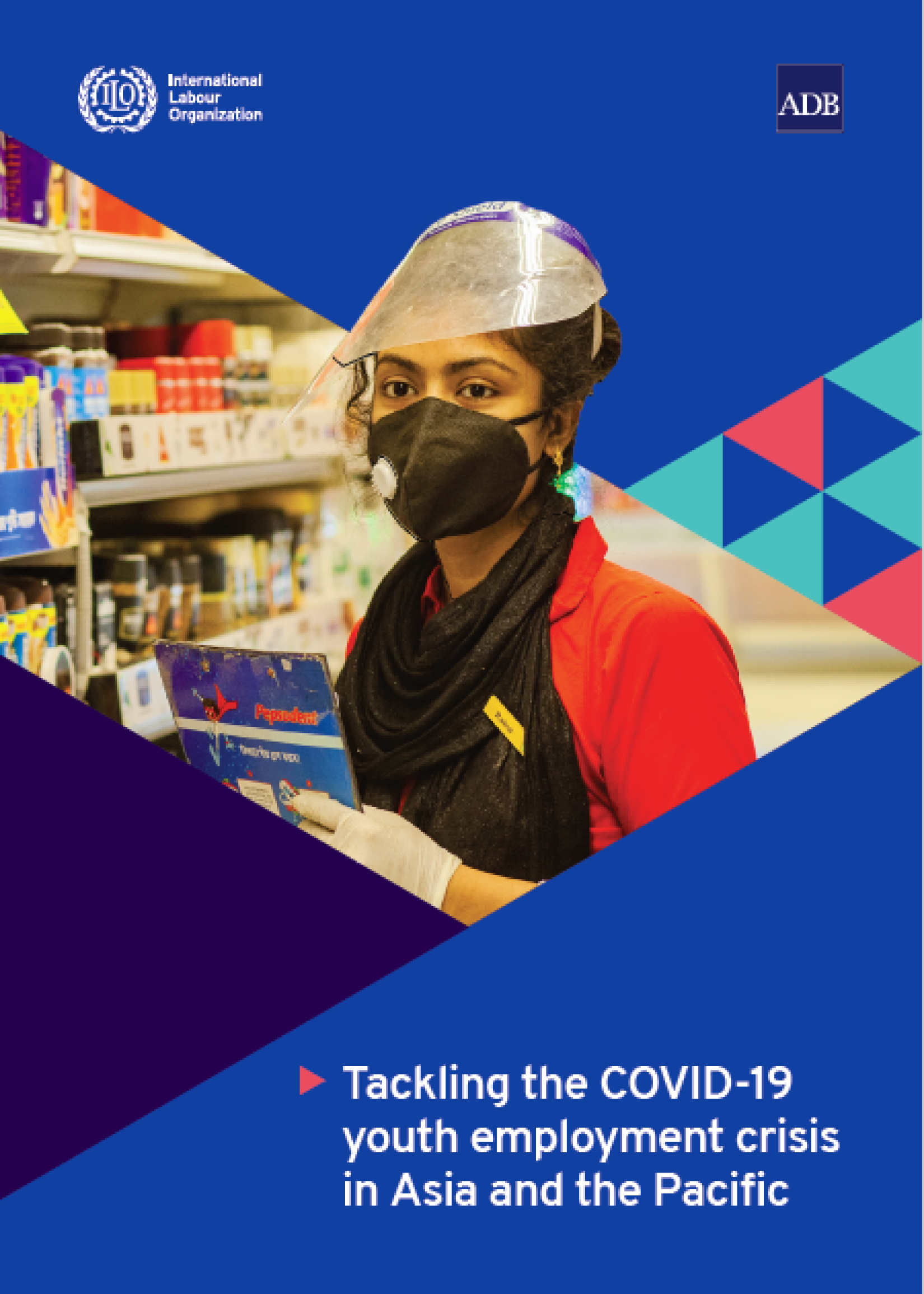New ILO-ADB report addresses the impact of COVID-19 on youth employment in Asia and the Pacific
18 August 2020
- Youth (15–24 years) will be hit harder than adults (25 and older) in the immediate crisis and also risk bearing higher longer-term economic and social costs, says a new ILO-ADB report

Bangkok (ILO news) – Young people’s employment prospects in Asia and the Pacific are severely challenged as a result of the coronavirus disease (COVID-19) pandemic. Youth (15–24 years) will be hit harder than adults (25 and older) in the immediate crisis and also risk bearing higher longer-term economic and social costs, says a new ILO-ADB report.
‘Tackling the COVID-19 youth employment crisis in Asia and the Pacific ’, by the International Labour Organization (ILO) and Asian Development Bank (ADB), calls on governments in the region to adopt urgent, large-scale and targeted measures to generate jobs for youth, keep education and training on track, and to minimize future scarring of more than 660 million young people in the region.
Even before the COVID-19 crisis, youth in Asia and the Pacific faced challenges in the labour market resulting in high unemployment rates and large shares of youth excluded from both school and work. In 2019, the regional youth unemployment rate was 13.8 per cent compared to 3.0 per cent for adults, and more than 160 million youth (24 per cent of the population) were not in employment, education or training (NEET). Four in five young workers in the region were engaged in informal employment – a higher share than among adults – and one in four young workers was living in conditions of extreme or moderate poverty.
“The pre-crisis challenges for youth are now amplified since COVID-19 hit. Without sufficient attention, our fear is that this risks creating a ‘lockdown generation’ that could feel the weight of this crisis for many years to come,” says Sara Elder, a lead author of the report and Head of the ILO Regional Economic and Social Analysis unit.
The report cites three ways in which young people are affected in the current crisis: (1) job disruptions in the form of reduced working hours and earnings, and job losses for both paid workers and the self-employed; (2) disruptions in their education and training; and (3) difficulties in transitioning from school to work, and moving between jobs in a recession.
Youth unemployment rates in the region increased sharply in the first quarter of 2020 from the last quarter of 2019. Compared to the first quarter of 2019, the youth unemployment rate increased in six of the nine economies with available data: Australia, Indonesia, Japan, Malaysia, and Viet Nam, as well as in Hong Kong, China, which showed the largest increase of 3 percentage points. In all these economies, youth rates increased more than adult rates.


